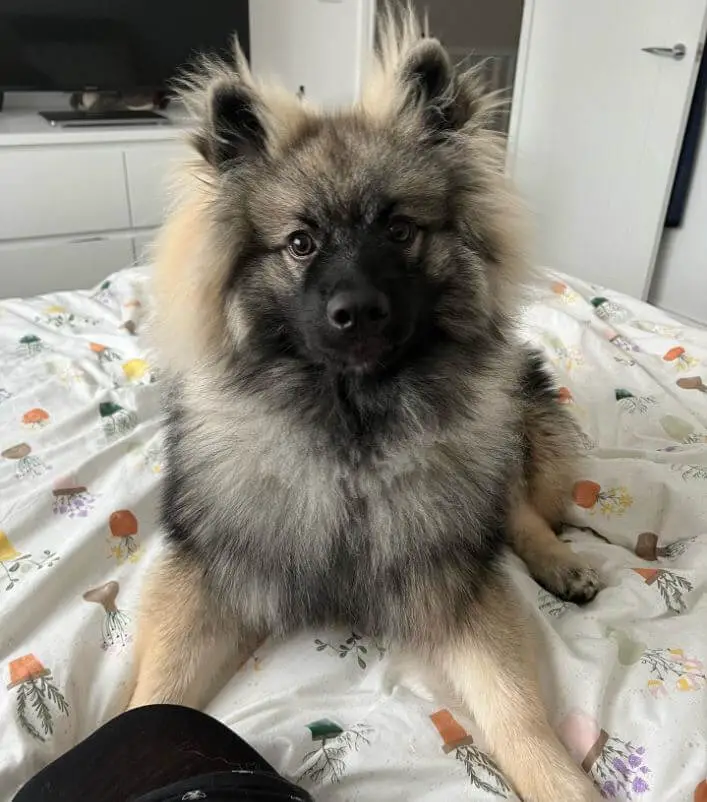Fleas are a common nuisance for dogs, causing discomfort and potential health issues. One of the telltale signs of a flea infestation is the appearance of flea bites on a dog’s skin. In this article, we will explore what flea bites look like on dogs, helping you recognize the signs and symptoms so you can take prompt action to protect your furry companion.

Identifying Flea Bites on Dogs:
Flea bites typically have distinct characteristics that can help differentiate them from other skin conditions. Here’s what to look for:
- Small Red Bumps: Flea bites on dogs often appear as small, raised red bumps. They may cluster together in groups or be scattered across the body. These bumps are typically itchy and may cause your dog to scratch or bite at the affected areas.
- Redness and Swelling: Along with the small red bumps, you may notice redness and swelling around the bite sites. This can be a result of your dog’s allergic reaction to flea saliva.
- Irritated and Inflamed Skin: Flea bites can cause irritation and inflammation of the skin, leading to redness, itchiness, and discomfort. Your dog may scratch or lick excessively in an attempt to alleviate the itching sensation.
Common Areas for Flea Bites:
Flea bites can occur anywhere on your dog’s body, but certain areas are more prone to infestation. Pay close attention to:
- Lower Abdomen: Fleas often target the less hairy areas, such as the belly, where they can easily access the skin.
- Groin and Inner Thighs: These warm and moist areas provide an ideal environment for fleas to thrive, making them common sites for bites.
- Base of the Tail: Fleas tend to congregate in this area, causing multiple bites and intense itching.
- Neck and Head: Fleas can also target the neck and head regions, especially around the ears and muzzle.

Flea Bite Allergic Dermatitis:
Some dogs may develop an allergic reaction to flea bites, known as flea bite allergic dermatitis (FAD). In these cases, even a single flea bite can trigger an intense allergic response. Signs of FAD may include:
- Intense itching and scratching
- Hair loss and thinning of the coat
- Red, inflamed, and scabbed skin
- Secondary bacterial infections due to excessive scratching
Treating Flea Bites and Preventing Infestations:
If you notice flea bites on your dog, it’s important to address the underlying flea infestation promptly. Consider the following steps:
- Consult with Your Veterinarian: Seek guidance from your veterinarian to determine the best course of action for flea control and treatment options tailored to your dog’s specific needs.
- Use Effective Flea Control Products: Use veterinarian-recommended flea control products such as topical treatments, oral medications, or flea collars to eliminate fleas and prevent future infestations.
- Treat the Environment: Since fleas can live in your home and yard, it’s crucial to treat these areas as well. Vacuum regularly, wash bedding and pet items, and consider using flea sprays or foggers as directed.
- Implement Preventative Measures: Maintain a consistent flea prevention regimen year-round to protect your dog from future flea infestations. This may include monthly flea preventatives and regular grooming to check for fleas or signs of infestation.

Recognizing the signs and symptoms of flea bites on dogs is essential for prompt intervention and effective flea control. Be vigilant in checking your dog for signs of flea infestation, seek veterinary advice, and take preventive measures to keep your furry companion comfortable and free from these pesky parasites. By staying proactive, you can provide a flea-free environment for your dog and ensure their well-being.
